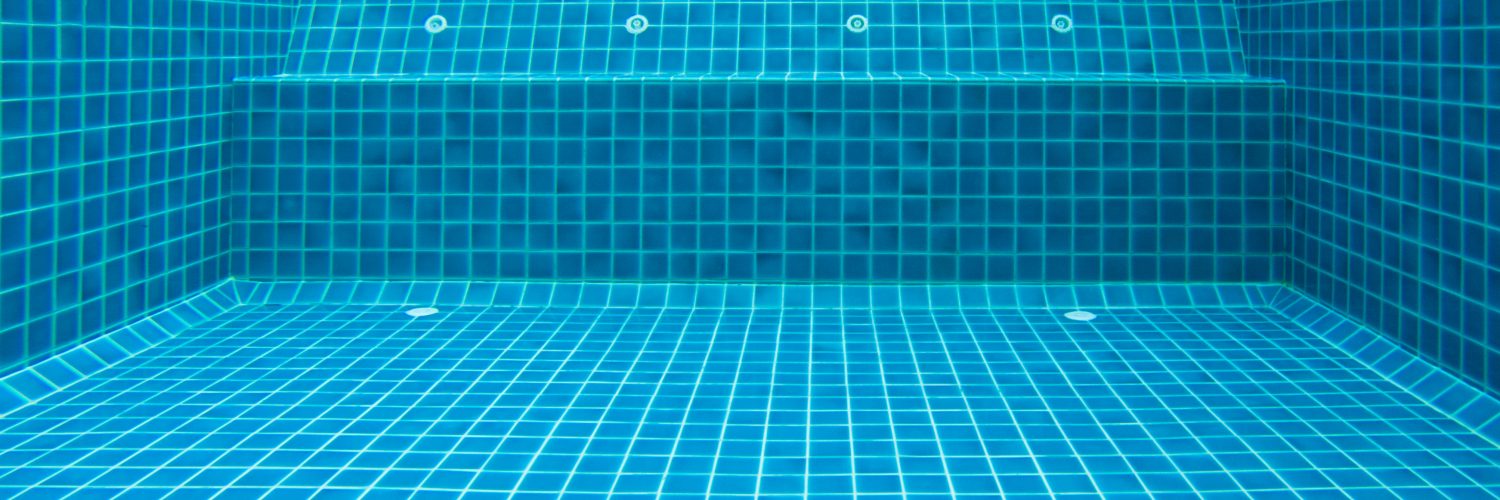There is a wide-ranging discussion as to whether skin sutures constitute a Chatzitza that would disqualify Tevila. Many sutures used today are absorbable and do not require removal. In this essay, we will discuss whether the stringent view that considers sutures that require removal a Chatzitza would concede that absorbable sutures are not.
Beginning with the Rishonim, the Ramban states (Nida 67a): “A scab on a wound [is not a Chatzitza] for the same reason, [namely that] a person does not usually peel off his scab since it adversely affects the wound. [This is the case] until it dries and comes off by itself.”
In other words, a person is never “Makpid”[1] to remove a scab. While it is fresh he avoids peeling it to allow the wound to heal, and it will fall off on its own when it dries fully. For this reason, it does not constitute a Chatzitza. Presumably, the same should apply to absorbable sutures. As long as they are aiding the wound to heal a person does not remove them, and they dissolve afterward of their own accord.
The Chochmas Adam (119:16) is a further source for the idea that something that will fall off spontaneously is not Chotzetz:
It seems that if the peeling skin [adjoining the nails] is suspended [i.e. still attached to the skin] it is not Chotzetz; it is like the nail itself since the water can reach it. And the part that is connected to the skin is never considered a Chatzitza. (It is less of an issue than an [elongated] nail since clearly nobody is Makpid about these peelings. It is definitely not the practice to cut them since they [will eventually] fall off. It is thus a “Mi’ut she’Aino Makpid” which everybody agrees is not a Chatzitza.)
HaGaon R’ Michel Stern Shlit”a (Sha’arei Tevila 35) adduces proof from the aforementioned Ramban that something that will fall off spontaneously is not considered a Chatzitza and that the logic would apply to absorbable sutures too. However, he points out that the Ramban only discusses a scab which is part of a person’s body. Perhaps he would not extend this argument to a foreign body like a suture.
However, it is unclear that this distinctionis significant (see below). At any rate, a further source cited by the Beis Yosef (202) supports our contention. Regarding Tevilas Keilim, the Mishna (Mikva’os 9:5) states that Zefes and Mor stuck to a glass vessel constitute a Chatzitza. Rashi explains (Shabbos 15b): “Glass vessels are smooth so people are not Makpid about mud or other substances stuck to them, for they fall off by themselves. But these substances stick strongly and people are Makpid about them. And only something about which one is Makpid constitutes a Chatzitza”.
Rashi seems to support the contention that anything that will naturally fall off without human intervention is not a Chatzitza, since people are not Makpid about it. This seems to apply even to a foreign body, seemingly disproving R’ Stern’s argument.
In any case, R’ Stern rules leniently when the sutures are in a Beis haStarim (parts of the body usually concealed, such as armpits). However, he cites the ruling of his uncle, R’ Shlomo Zalman Auerbach zt”l, who was lenient even when the sutures were on revealed parts of the body.
R’ Shlomo Zalman explained his view in a letter to R’ Yitzchak Mordechai Rubin Shlit”a. R’ Rubin asked why absorbable sutures are not analogous to a bandage. Though they dissolve spontaneously, nevertheless, a person is aware of them and is Makpid about them. R’ Shlomo Zalman replied (Mareh Kohen p183):
Since he does not intend, nor does he have the ability to remove absorbable sutures, even though he wants them to be dissolved and no longer upon his body, they are nevertheless considered Batel to his body. Furthermore, for the time being, he does want them to remain on his body, thus they are not Chotzetz. Although some are stringent regarding a bandage, this only applies to a bandage that will fall from his body as is. This is different than something that dissolves into nothing and is not tended to whatsoever.
He provides three reasons to be lenient: 1) A person does not wish to remove the sutures, nor is he able to. 2) While the sutures are present, he wants them to remain there. 3) Although some are stringent regarding a bandage, they would not extend the stringency to absorbable sutures.
His third reason requires explanation. If a bandage will fall off without human intervention, how is it different than absorbable sutures?
It seems to be that even though both will disappear without any intervention, a bandage is still tended to by the person. He checks the wound often to ascertain whether it has healed and examines the state of the bandage. Absorbable sutures, by contrast, are ignored from the moment they are put in. They are therefore certainly considered Batel to the body.
However, R’ Shlomo Zalman’s argument appears to contradict the Ramban‘s comments that a scab is not a Chatzitza since it eventually falls off on its own. This would seem to be closer to the case of a bandage rather than to absorbable sutures since a person checks and tends to a scab just like he does with a bandage, and they both fall off rather than dissolve entirely. According to R’ Shlomo Zalman, a scab should surely be a Chatzitza. Likewise, thecase of the glass vessels is also analogous to a bandage, yet it is not Chotzetz.
R’ Shlomo Zalman does not reveal which Poskim with stringent opinions about a bandage he is referring to. However, many Poskim discuss the case of a bandage that eventually falls off on its own, including the Ksav Sofer and Teshuva me’Ahava. The Ksav Sofer (Y.D. 91) provides many reasons to be lenient, such as the fact that the bandage is meant for short-term usage, it is placed for Refua, it is painful to remove, etc. Yet, he does not state that it will eventually fall off as a basis for leniency. The same is true of the Teshuva meAhava. (In fact, both of them ultimately rule stringently. Despite his arguments, the Ksav Sofer did not wish to rule leniently against the Teshuva meAhava and other Poskim he cites.)
Although R’ Shlomo Zalman ruled leniently, it is said that R’ Yosef Shalom Elyashiv zt”l only permitted cases in which the potential Chatzitza was part of the body. Hence, in his view, absorbable sutures constitute a Chatzitza.
The most important source on this topic is a famous Teshuva of the Tzemach Tzedek of Lubavitch[2] (Y.D. 158). He explains that the Heter of Aino Makpid only applies when the person will never be Makpid (“Aino Makpid l’Olam”). Therefore, since a person is Makpid to remove a bandage after the wound heals, it is indeed a Chatzitza even if he is not Makpid before that stage.
He then asks that, according to this logic, a scab should also constitute a Chatzitza since he is presumably Makpid about it after the wound heals. He answers that since it will fall off on its own it is considered a case of Aino Makpid l’Olam even earlier. He cites the aforementioned Ramban as support and uses this contentionto explain the difference between a scab on a wound itself and one that surrounds a wound.
He then adduces further support from the Sefer haTeruma who rules that long nails do not constitute a Chatzitza. This must be because the nail is currently attached to the body (though it will eventually be cut). The same logic, he argues, can be applied to a scab; it should similarly be considered part of the body while the wound beneath it is healing. Since the scab will fall off on its own once the wound is healed, that means it is a case of Aino Makpid. If a nail that a person must actively trim is not a Chatzitza, a scab that falls off on its own is certainly not a Chatzitza.
In light of this explanation, it would seem that the Heter should be limited to cases in which the potential Chatzitza is part of the body, but not a foreign body (such as a bandage or sutures). This is indeed the conclusion of the Knei Bosem[3] (3:74). However, as mentioned, there are Rishonim who imply that the Heter extends to foreign bodies as well; therefore, many Poskim rule leniently regarding absorbable sutures.
This is the view of the Shevet haLevi (198:11:3):
Regarding sutures that are sewn after a surgery or birth and sometimes remain until the time of Tevila: If they are absorbable and do not require removal, they are not Chotzetz. However, they are Chotzetz if they require removal (even in Beis haStarim). It does not help to cut them since they cannot be cut fully and a little must be left to pull them out. This is unlike absorbable sutures where even if a little remains, one is not Makpid about it.
This is also the view of the Taharas haBayis[4] (3 p65) and Badei haShulchan[5] (198:23).
One should consult a Rav on this matter. Since there are several bases for leniency, one should rule leniently for those who are not Bnei Torah. Even for Bnei Torah, acting stringently in this matter would be a Chumra [and not required me’Ikar haDin – Ed.].
[1] [Editor’s note: The Dinim of Chatzitza are mentioned several places in Talmud Bavli (Eiruvin 4b, Yevamos 78a): R’ Yitzchak said, “mid’Oraisa, something [that covers] a majority of the body (“Rubo”) and he is Makpid (particular) about [removing] is a Chatzitza, and if he is not Makpid, it is not a Chatzitza. [The Chachomim] decreed that “Rubo” that he is not Makpid on [is a Chatzitza] because of “Rubo” that he is Makpid on, and on a minority (“Mi’uto”) that he is Makpid on because of “Rubo” that he is Makpid on.” The Gemara explains that Chaza”l did not make a Gezeira on Mi’uto she’Aino Makpid because that would be a Gezeira l’Gezeira.]
[2] R’ Menachem Mendel Schneerson zt”l (1789-1886), the third Rebbe of Lubavitch. The original Shu”t Tzemach Tzedek was published by R’ Menachem Mendel Krochmal zt”l (c. 1600-1661), a Talmid of the Bach and Chavrusa of the Taz.
[3] R’ Meir Bransdorfer zt”l (1934-2009), Rav of the Batei Ungarin neighborhood in Yerushalayim and Rosh Beis Midrash of the Toldos Aharon Chassidim.
[4] Maran R’ Ovadiah Yosef zt”l
[5] R’ Shraga Feivel Cohen zt”l (1937-2022)











Add comment